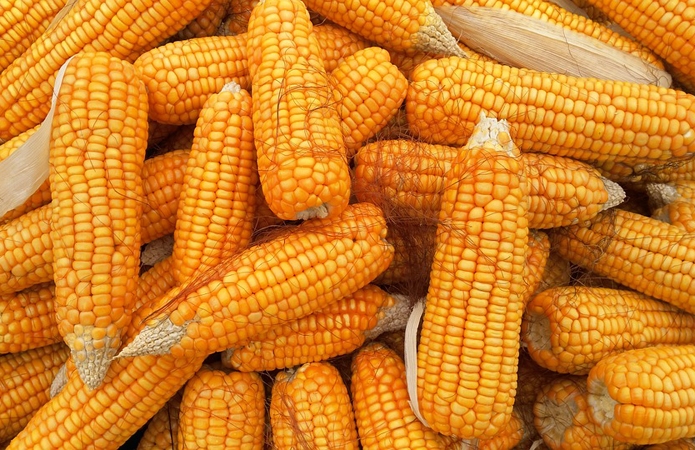According to Reuters, the ratio of global corn stocks to demand will reach an 11-year low this year

The ratio of world corn stocks to demand this year will be the lowest in the last 11 years, but if we take into account the stocks actually available on the market, this indicator will reach an almost 30-year low, - reports Reuters.
In China, which is now reducing and then increasing corn imports, its stocks are already 5 times larger than in the US, so they are sometimes not taken into account when calculating the world balance in order to have data on the real volumes available for delivery.
According to the USDA, world corn stocks at the beginning of 2025 were 87 million tons (excluding China), a 12-year low. In Brazil, the world's second-largest corn exporter, stocks are approaching a 20-year low, and in the EU and Ukraine - a 10-year low. In the United States, stocks are also very low.
In 2024/25, the ratio of world corn stocks to demand (excluding China) will be 7.8%, which will be the lowest since 1995/96. Over the past 4 seasons, this figure has averaged 9.2%, and over 20 years, it has been 11%. Including Chinese stocks, this ratio will fall to 20.3% in 2024/25, which will be the lowest since 2013/24, while over the past 10 years, the average is 24.6%, and the lowest was 22.2%.
During 2000-2010, the ratio of stocks to demand was approximately 15%, so the current situation cannot be considered critical, but data on stocks in China explain the difference.
In the mid-2000s, China held 30% of the world’s corn reserves, but this figure increased sharply in the early 2010s as domestic production increased. Over the past 10 years, China’s share of global corn reserves has exceeded 60%, and in 2024/25, it could reach a 28-year high of 70%.
In 2008, China began a government corn stockpiling program that allowed farmers to sell their crops at above-market prices. The program was halted in 2016 amid increased government spending as high domestic prices fueled imports. But subsidies for farmers remained, allowing domestic production to continue to grow and large corn stocks to build up.
Whether China should be included in the global grain balance is a difficult question, since the country hardly participates in world trade, and this season has sharply reduced its corn imports, although it has been the world's largest grain importer for 5 years.
In recent years, China has imported 7% of its corn consumption, while Japan and South Korea import almost 100% of their consumption, and Mexico imports over 50%.
These statistics and China's share of global reserves explain the country's exclusion from global balance sheets, but the significant change in import volumes makes it appropriate to use both calculation methods.
In the United States, the world's largest corn exporter, corn stocks will be lower than expected. According to the USDA, in the 2024/25 MY, the ratio of grain stocks to demand in the United States will be 10.2% (11.8% last year and 12.5% on average over the 10 years), which would exceed the figure in the early 2020s. In mid-2024, the ratio was expected to be 14%, but against the background of a decrease in yields and active demand, stocks have decreased.
US farmers plan to increase corn plantings, which could lead to lower prices, but significant supply will allow the US to maintain its dominant position in the global export market and meet the needs of customers such as China if it decides to increase imports again.


